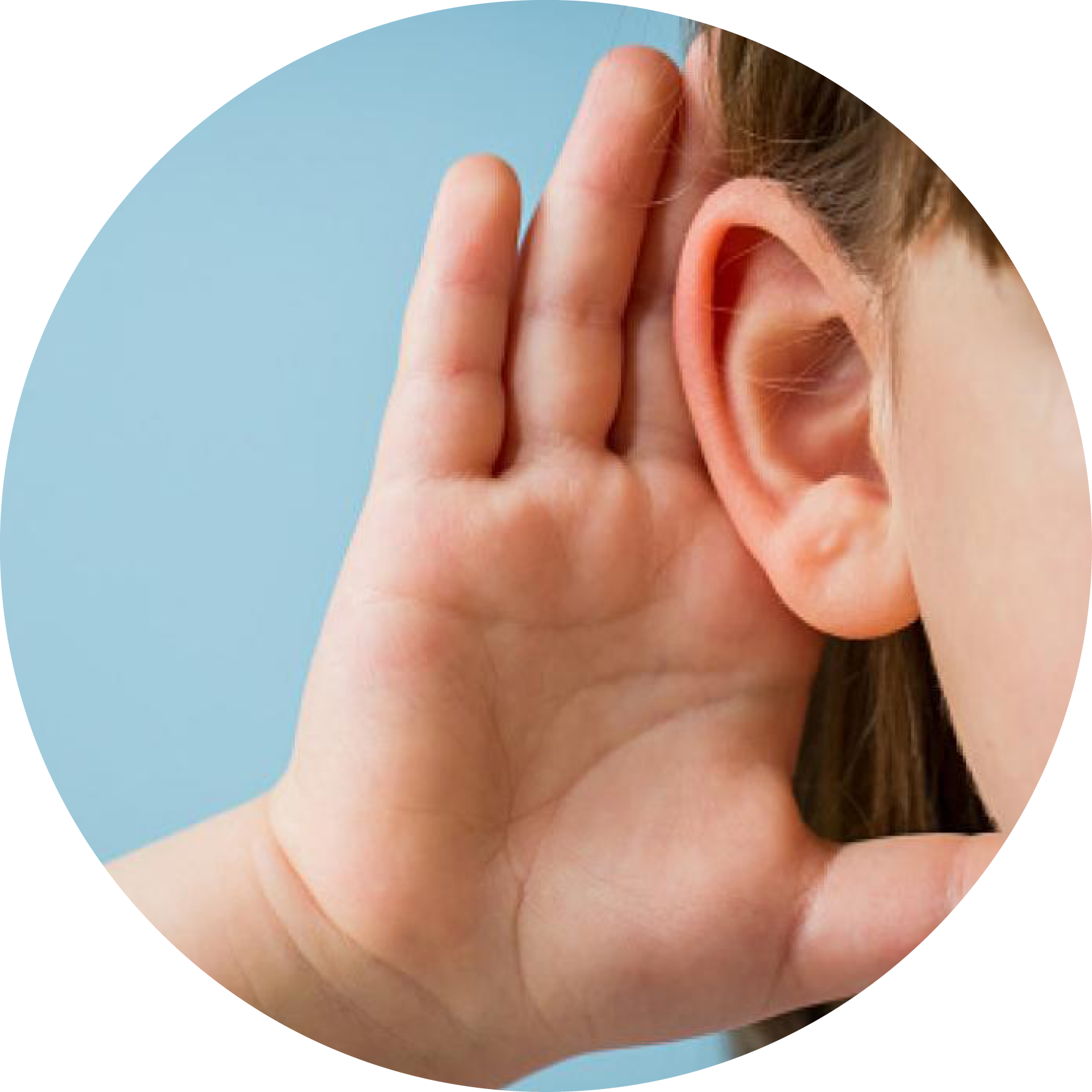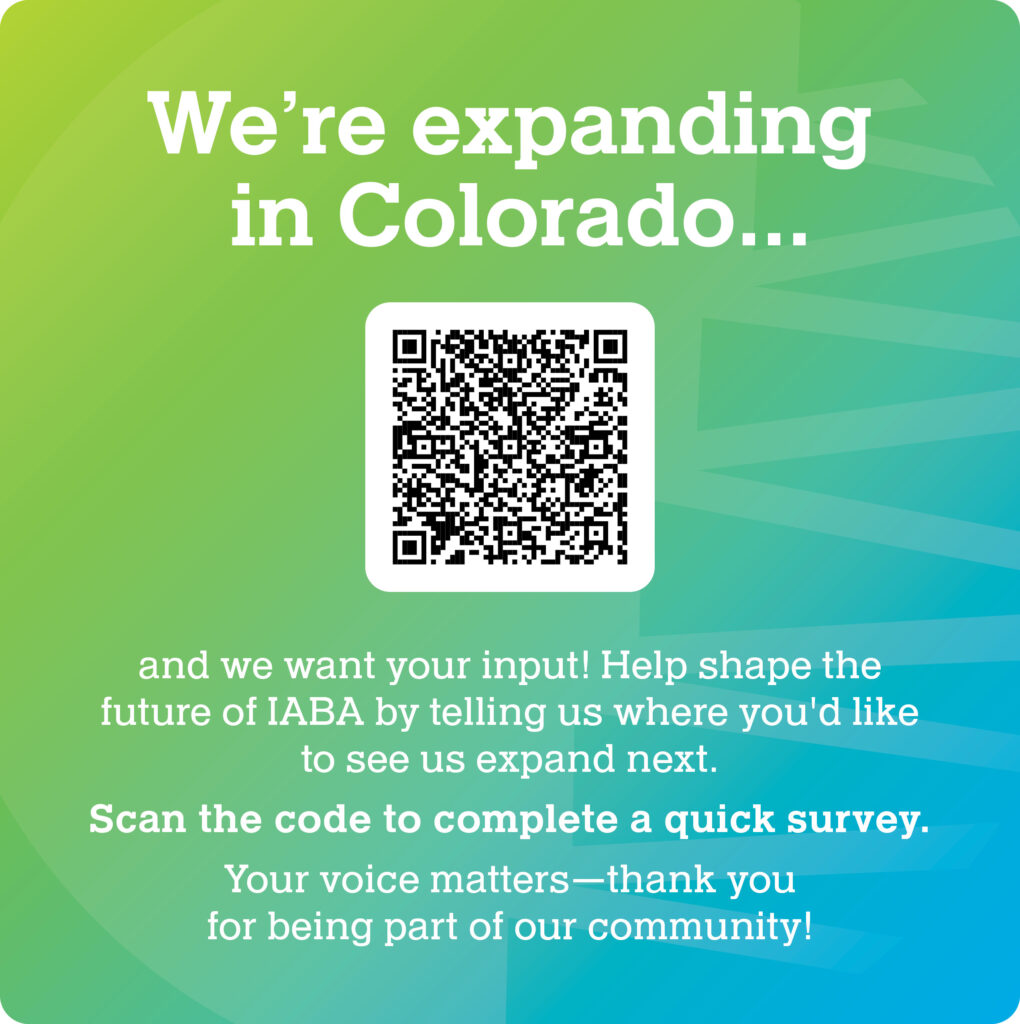What is double empathy and how does it relate to ASD?
The basis of the Double Empathy Theory is that a mismatch between two people can lead to faulty communication. This disconnect can occur at many levels, from conversation styles to how people see the world. The greater the disconnect, the more difficulty the two people will have interacting.
In the case of autism, a communication gap between people with and without the condition may occur not only because people with autism have trouble understanding neurotypical people but also because neurotypical people have trouble understanding them.
The problem, the theory posits, is mutual. For example, difficulty in reading the other person’s facial expressions may stunt conversations between people with autism and neurotypical people.
Double Empathy Origins
This conception of social issues in autism as a two-way street is decades old. Some ASD activists have argued for years that ASD modes of communication conflict with neurotypical ones.
The term ‘double empathy problem’ was first used in a 2012 paper by Damian Milton, a University of Kent lecturer. The idea offered a way to reframe the long-held notion that individuals on the spectrum have impaired theory of mind — the ability to infer the intentions or feelings of others — to include potential misunderstanding by neurotypical people.
Support for Double Empathy
Instead of focusing on how people with autism perform in social situations, new studies probe how neurotypical people perform when interacting with people with autism. The results hint that neurotypical people’s blind spots contribute to a communication gap.
In one study, neurotypical people had trouble deciphering the mental states people with autism portrayed through animations. Another study showed that neurotypical individuals struggle to accurately interpret the facial indicators of people with autism.
Neurotypical people may also make snap judgments of people with autism that prevent, curtail, or sour interactions between the two. For example, neurotypical people may be prone to having negative first impressions of people with autism without knowing their diagnosis — rating them less approachable and more awkward than neurotypical people.
Are Social Difficulties a Core Trait of ASD?
Yes, plenty of evidence shows that people with autism differ from neurotypical people. Social interaction difficulties across several domains, such as facial expressions, speech patterns, and eye gaze (though the last notion may be shaky) have been observed and studied.
However, many other studies show that people with autism have social and communication issues that are not evident when they interact with other people with autism. For example, in the game of “telephone,” in which a message is relayed in whispers from one person to the next, chains of eight people with autism maintain the fidelity of the message just as well as sets of eight neurotypical people do. It’s only in mixed groups of people with autism and neurotypical people that the message quickly degrades.
There are other signs that people on the spectrum connect well with one another. People with autism report feeling more comfortable with other people with autism than with neurotypical people. Many adolescents with autism prefer to interact with ASD peers over neurotypical ones. And people with autism often build a greater sense of rapport and share more about themselves when conversing with others on the spectrum.
One reason for this pattern may be that people with autism are less concerned with typical social norms, such as conversational reciprocity, and so don’t mind as much when these rules are not followed.
The principle of social compatibility may extend beyond autism diagnoses to autism traits. For example, the more similar two neurotypical people rate themselves on an autism trait assessment, the closer they rate their friendship.
ABA Therapy from IABA Consultants
If you have questions regarding autism treatment with ABA therapy, we are here for you! Our goal is to make sure no family is turned away due to financial constraints. Our therapy team would love to talk to you. Find the location closest to you and give us a call. We’re here for you.
Sources
Double Empathy Explained, spectrumnews.org


